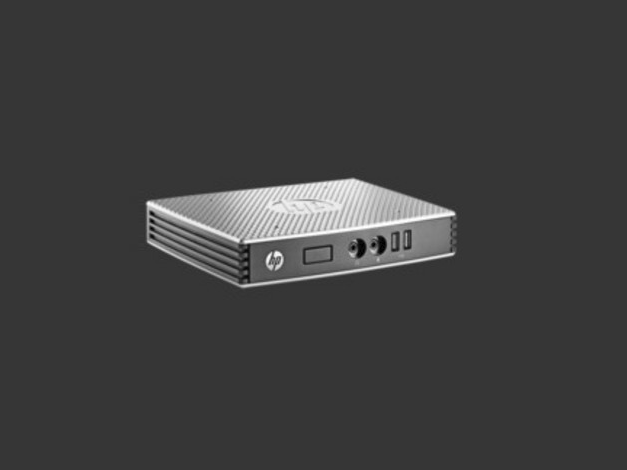With the rapid development of the Internet of Things and sensor technology, 1-Wire devices as a digital interface technology have been widely used in various fields, including temperature sensing, humidity sensing, and voltage monitoring.
In actual applications, in order to process data from multiple 1-Wire devices, we often need to use analog multiplexers. TOPCHIP ELECTRONICS, as an electronic component agent and distributor that sells multiplexers of many world-renowned brands, will introduce you to the analog multiplexer selection guide for 1-Wire devices to help you choose the one that suits your needs. required devices.

First, we need to understand the characteristics of 1-Wire devices. 1-Wire is a serial communication protocol that communicates over a single data line. It has the characteristics of simplicity, low cost and high reliability. In practical applications, we usually connect multiple 1-Wire devices, so we need to use an analog multiplexer to multiplex the data of multiple devices for centralized processing.
When selecting an analog multiplexer for a 1-Wire device, there are several factors to consider:
1. Number of channels of the multiplexer: Select an analog multiplexer with a sufficient number of channels based on the number of 1-Wire devices in the actual application. The number of channels should be able to meet current needs and leave some room for expansion.
2. Communication speed: 1-Wire devices generally have low communication speeds, so communication speed is not a major consideration when selecting an analog multiplexer. Generally speaking, choosing an analog multiplexer with a higher communication rate can better meet future needs.
3. Power consumption: In some applications with higher power consumption requirements, we need to choose low-power analog multiplexers. This reduces overall system power consumption and extends battery life.
4. Accuracy and stability: For some applications that require higher data accuracy, we need to choose an analog multiplexer with higher accuracy and stability. This ensures data accuracy and reliability.
5. Compatibility: Analog multiplexers need to be compatible with 1-Wire devices to ensure normal communication. When selecting a device, you need to check its specifications to confirm whether it supports the 1-Wire protocol.
6. Cost: Cost is an important factor in selecting an analog multiplexer. Choose an analog multiplexer with a higher price/performance ratio based on actual budget and needs.
Based on the above factors, we can choose an analog multiplexer suitable for 1-Wire devices. There are many suppliers on the market that provide such devices, such as TI, Maxim, etc. These companies offer various models of analog multiplexers to meet the needs of different applications.
Selecting an analog multiplexer for a 1-Wire device requires consideration of channel count, communication rate, power consumption, accuracy and stability, compatibility, and cost. According to actual needs, selecting the appropriate analog multiplexer can improve the performance and reliability of the system. Hopefully the guidance in this article will help you make an informed decision when choosing an analog multiplexer.
Related product recommendation

